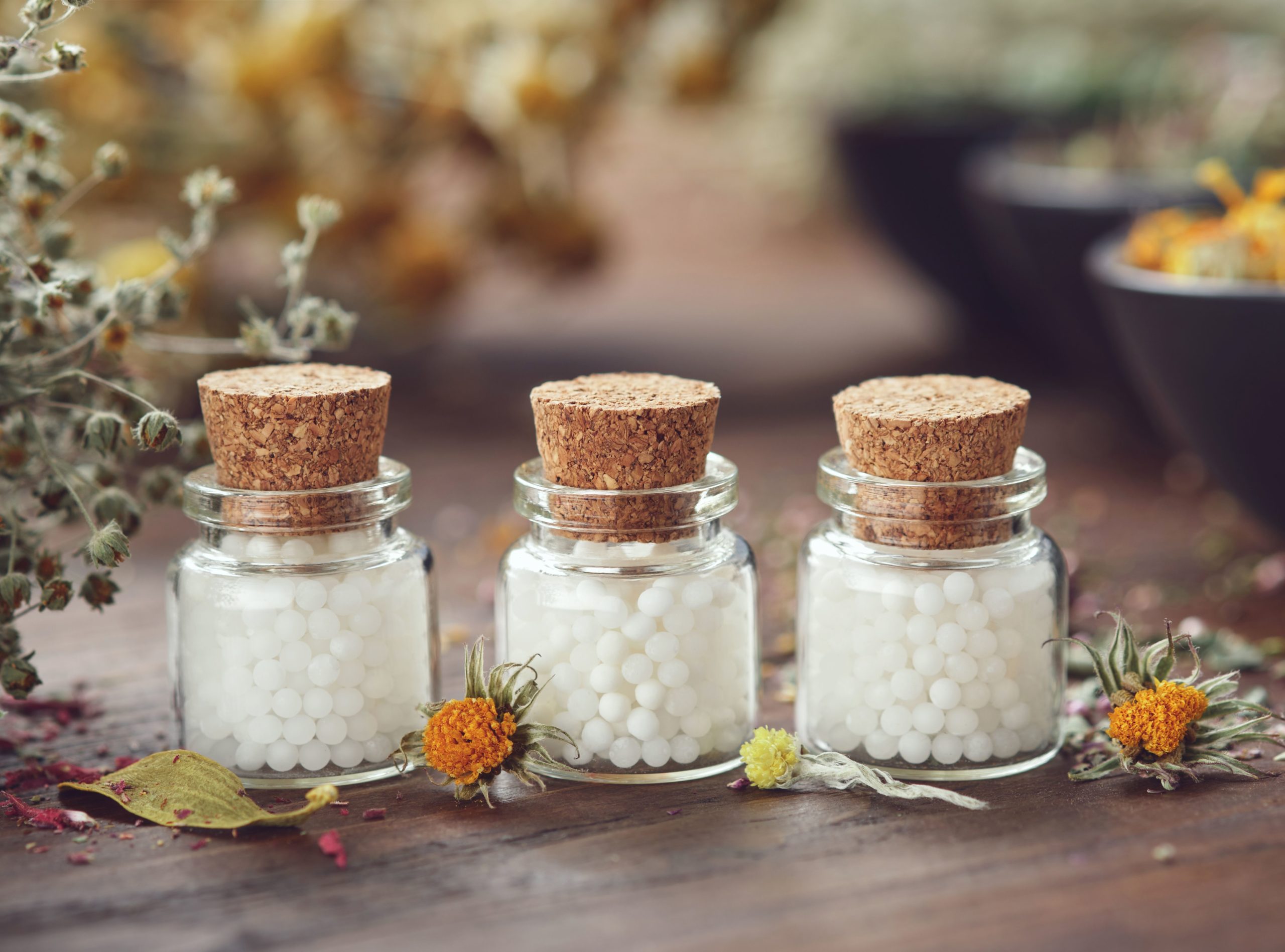Q. Which Potency Should I Choose?

Homeopathy uses remedies with different strengths called potencies. The potency number tells how many times the remedy has been diluted during manufacture.
Choosing the ‘right’ potency depends on the condition and your familiarity with homeopathy.
This guide is for treating simple, short-term problems like colds and minor injuries. For long-term conditions, it’s best to see a professional homeopath to achieve good results.
Levels of Potency
- Low potencies for beginners: Low potencies (6C and below) are good for general symptoms and when unsure of the correct remedy. They are suitable for those new to homeopathy.
- Medium potencies for enthusiasts: Medium potencies (30C and 200C) are for those with some experience in homeopathy, and are used for more specific health issues.
- High potencies for the experienced: High potencies (M and above) need more precise symptom-matching to produce deeper, long-lasting effects. They are suitable for professionals or advanced users.
The Correct Remedy vs the ‘Right’ Potency
It is more important to choose the correct remedy than the right potency as most potencies have an effect if the remedy suits the symptoms. Potency is related to how often you may need a dose of that remedy.
Low potencies for short-lived conditions are suited to repeated dosing throughout a day while high potencies for chronic conditions are usually needed just once a week or once a month.
How Much is a Dose?
One dose equals one sugar-pill, or ¼ dropper (5-7 drops) of liquid. (It is not necessary, as is sometimes recommended by others, to take multiple pills as a dose).
Place the drops or pill into the mouth to be dissolved and absorbed.
This amount is the same for all potencies, low or high.
Further Information
How Often to Dose with a 30C Homeopathic Remedy







